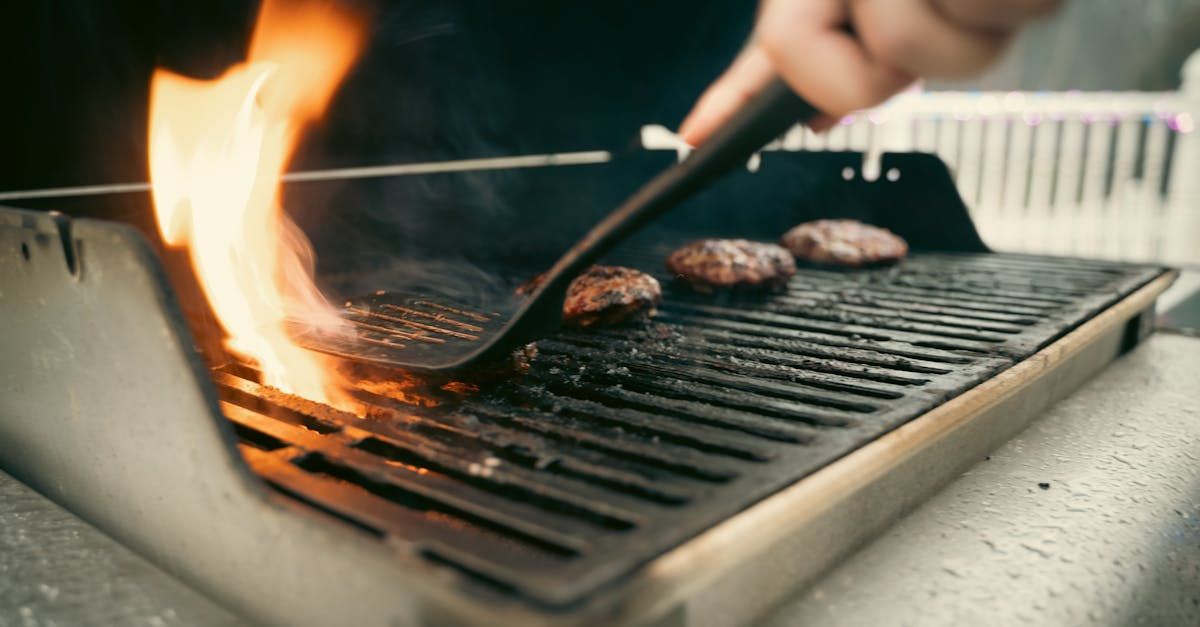Q: What are combustion pollutants?
A: They include gases or particles that come from smoking and the burning of fuels -- natural gas, propane, wood, oil, kerosene, and coal. The resulting harmful gases include carbon monoxide, nitrogen dioxide, particulates, and excess water vapor.
Q: Why should I be concerned about them?
A: Carbon monoxide, an odorless gas, can be fatal. Nitrogen dioxide can damage the respiratory tract and sulfur dioxide can irritate the eyes, nose, and respiratory tract. Smoke and other particulates irritate the eyes, nose and throat, and can cause lung cancer. Too much water vapor can lead to moisture problems in the home, including the growth of mold.
Q: How do combustion pollutants get into the home?
A: Combustion pollutants enter the home from a variety of sources. Any heating appliances that burn fuel -- furnaces, boilers, water heaters, fireplaces, stoves, space heaters, ranges, and clothes dryers -- introduce combustion gases. These pollutants also are caused by tobacco smoking, automobile exhaust entering from a garage, and activities involving the use of internal combustion engines or burning, welding, or soldering.
Q: What causes these gases to build to dangerous levels?
A: Harmful build-ups of these gases can occur when exhaust from combustion equipment is not properly vented to the oustide of the home, combustion equipment is not in good working order and is not regularly inspected for safe operation, and a negative pressure balance exists between the inside and outside of the home. Tobacco smoking inside the home also contributes.
Q: What signs can help me determine if combustion gases are affecting my health?
A: They may be the culprit if you feel bad only when you're inside the home and the symptoms disappear when you leave, or if more than one person in the home has similar symptoms. A noticeable increase in moisture problems can also be a sign of combustion pollutants in the home.
Q: How can I reduce the risk from combustion gases?
A: The most important practice is to keep all the combustion equipment well-maintained and inspected for safety. Experts recommend having your combustion heating systems inspected by a trained professional every year. Such inspections should look for blocked openings to flues and chimneys, cracked or disconnected flue pipe, dirty filter, rust or cracks in the heat exchanger, soot or creosote build-up, and exhaust and gas odors. Also, always operate combustion equipment for its intended purpose and make sure it has been installed correctly. You might consider installing a carbon monoxide detector, which will alert you to dangerous levels of carbon monoxide. However, such a detector will not detect other combustion by-products that can still make you ill. Pressure inside the home is less than the air pressure outside, causing combustion by-products from furnaces, water heaters, fireplaces and similar equipment to spill back into the room rather than being vented outside. Backdrafting can also occur when natural draft appliance exhaust is pulled back into the house by mechanical ventilation -- like a down-draft kitchen power vent.

Fact Sheet: Combustion Pollutants
To protect yourself and your family from combustion pollutants, you need to know whether you're at risk. Here are some common questions and answers.
Copyright © CNY Coalition For Healthy Indoor Air | All Rights Reserved
Binghamton, NY
13903
